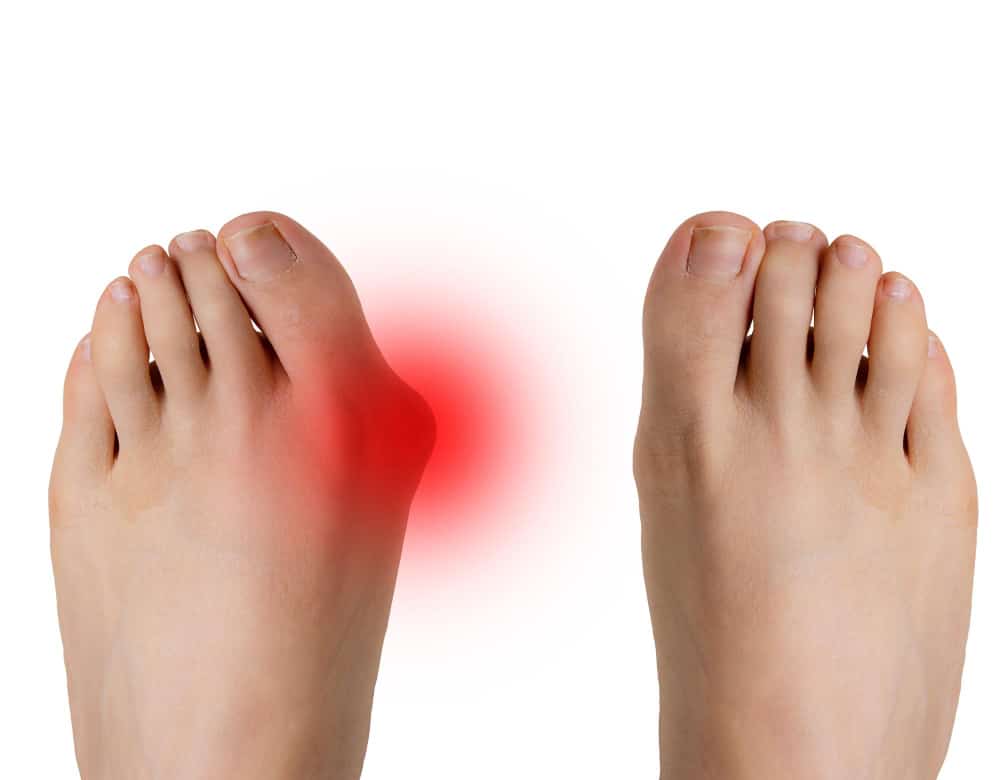9. Development of Tophi

The development of tophi is a sign that gout has progressed to a more severe and chronic stage. Tophi are chalky deposits of uric acid crystals that form under the skin in areas like the joints, cartilage, and even the kidneys. These lumps can vary in size and are often found in cooler areas of the body such as the fingers, toes, elbows, and earlobes. While tophi themselves are not always painful, they can lead to joint damage and deformity over time, as well as contribute to discomfort during flare-ups.
Managing tophi requires addressing the high levels of uric acid that lead to their formation. Medications that lower uric acid levels are essential in preventing new tophi from developing and can even reduce the size of existing ones. Lifestyle changes, including dietary modifications and weight loss, also play a crucial role in managing gout and tophi development. In some cases, surgical removal of tophi may be recommended, especially if they cause significant pain, restrict movement, or lead to infection. Proper management and treatment of gout can help prevent the formation of tophi, preserving joint function and enhancing quality of life.
